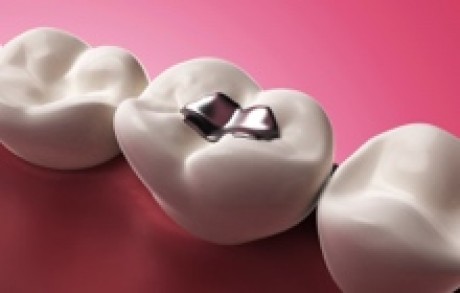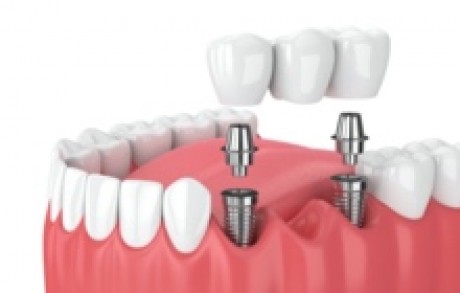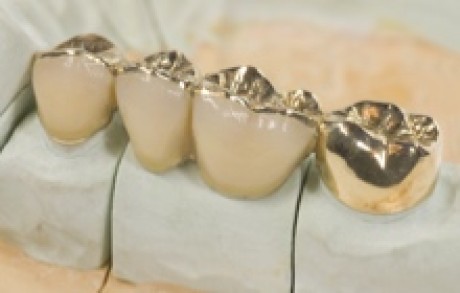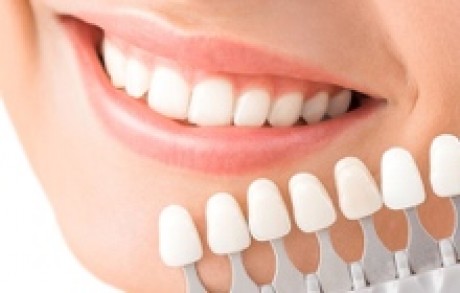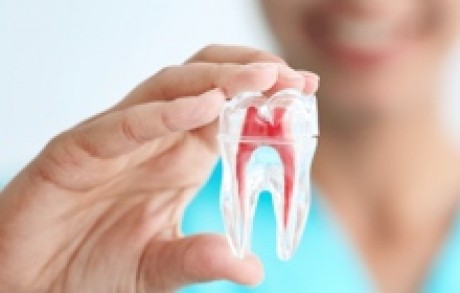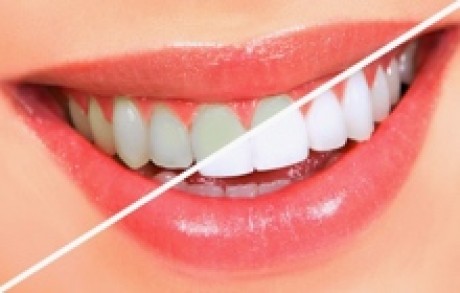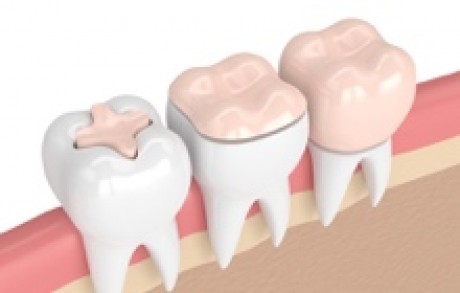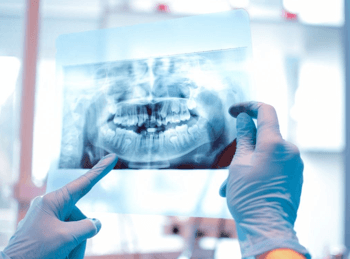Dental bonding is a practice in which a tooth-colored resin material (a durable plastic) is applied & hardened with a special light, which basically “bonds” material to the tooth to restore or improve person’s smile. Unlike veneers & crowns, which are customized tooth coverings to be manufactured in a laboratory, dental bonding can usually be done in one dental visit unless several teeth are involved. Another benefit, compared with veneers and crowns, is the minimal tooth enamel is removed. Also, if dental bonding is performed to fill a hole, anesthesia is usually not necessary.
Overview
A dental bonding is a dental restorative material used to restore function, integrity & shape of the nonexistent tooth structure. The structural loss is, classically, through decay or external trauma. It’s also deliberately lost in the course of the preparation of the esthetics or the physical integrity of the intended restorative material improvement.
Dental Bonding Procedure
- Unless the dental bonding is used to fill a decayed tooth anesthesia is usually not necessary. A shade guide will be used by the dentist to choose a composite resin color that will match your tooth as close as possible.
- Then the surface of the tooth will be made ready (roughened) and a conditioning liquid applied to the tooth. This process is to help the bonding material stick to the tooth. Next is to apply the tooth-colored putty-like resin to the tooth and mold, shape and smooth it to the desired shape. When this is done the next step is to use an ultraviolet or laser light to harden the material. Once the material is hardened and the dentist is satisfied the dentist will further trim and shape it and finally polish it to match the sheen of the rest of the tooth surface.
- Dental bonding normally takes about 30 to 60 minutes per tooth to complete.

Dental Bonding BEFORE / Dental Bonding AFTER
Call us today and get all the informations you need.



